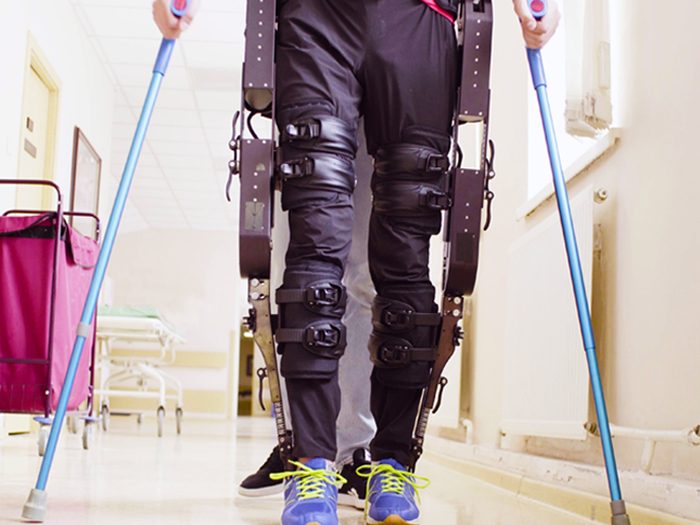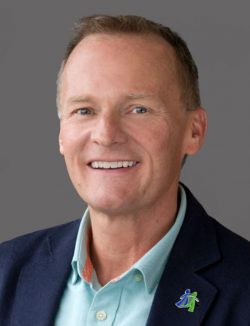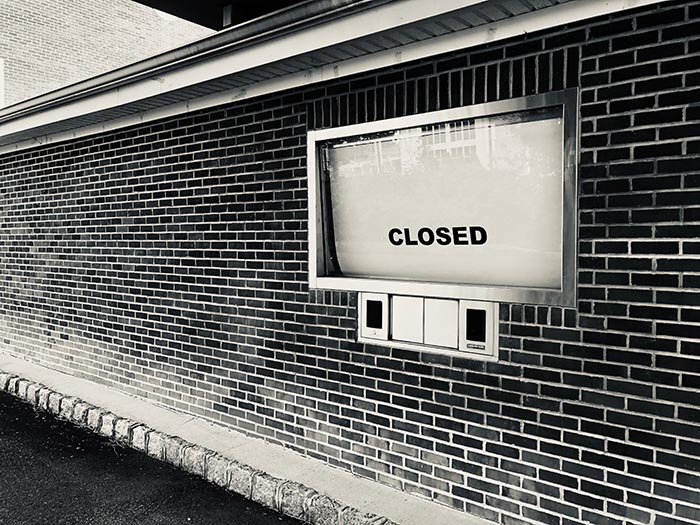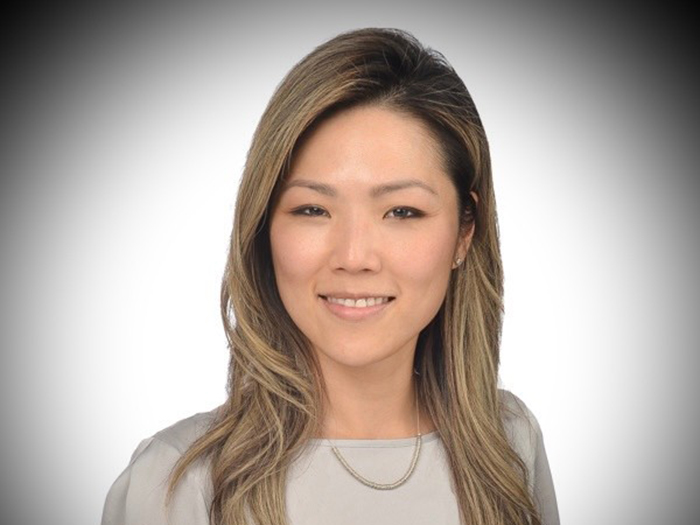The Most Catastrophic Workers’ Compensation Cases Have a Lot to Teach Us All

Nobody in the workers’ compensation space has dealt with more catastrophic cases than Paradigm. It’s what they do.
For almost 30 years, this care management provider has worked to improve the lives of individuals facing recovery from catastrophic injuries. Paradigm takes on some of the most devastating cases, and the data collected from their years of experience has led to a deep understanding of catastrophic and complex claims. That expertise enables Paradigm to utilize a unique business model in which they bear risk.
Over the past 36 months, Paradigm made several acquisitions, and as a result, three distinct divisions emerged: Catastrophic Care Management, Complex Care Solutions and Specialty Networks.
We conducted the below Q&A via email with Kevin Turner, chief executive officer at Paradigm Catastrophic Care Management.
Risk & Insurance: What types of cases does Paradigm take on, and when do clients know to bring you a case?
Kevin Turner: Through our Catastrophic Care Management division we address the most medically complex and expensive cases — spinal cord and acute brain injuries; severe burns; amputations and multiple traumas. Catastrophic cases of this nature are rare and typically easy to identify at onset.
Our clients have differing claim reporting methods and use an array of criteria to assure a catastrophic case isn’t missed. Referral triggers can be as simple as hospitalization, or they can be more nuanced and require a claim professional’s review.
Regardless, with all referrals, we make immediate contact with the injured worker, family and medical providers, using the full Paradigm team. We assess the situation until complexity and severity are determined and we report back to our clients throughout the process.
Cases that don’t present as catastrophic are either returned to the client for handling or transferred to Paradigm’s Complex Care Division for case management.
The Paradigm Catastrophic Care team acts as a “safety-net” through this specialty triage process, getting the right resources to potential outlier cases at the right time. We remain cognizant that a full claims investigation may be underway and compensability undetermined, but we believe connecting with the injured worker, family and medical providers, in unison with the claims investigation process, is unbelievably important in these types of cases.
R&I: How does Paradigm approach cases and drive success?
KT: Our approach is systematic, human centered and data driven. It starts with an understanding that bringing an individual back to the best possible recovery requires deep insight into their medical condition, as well as their emotional and community needs. We solve for the physical as well the whole person, which includes his or her family and community.
Paradigm has employed a “biopsychosocial” model for nearly 30 years — it is and always has been fundamental to our approach and to our ability to achieve the outcomes we guarantee.

Kevin Turner, chief executive officer, Paradigm Catastrophic Care Management
As a core tenet, we place the injured worker and family at the center of our work. Coupled with a proprietary data set curated by clinical experts from across the country, we have an informed forward-view. It enables us to offer guaranteed financial certainty for our clients and the best outcomes for the injured workers we serve.
When the Paradigm team engages, it’s a long-term commitment. Our physicians, nurses, and case directors are involved in the case from day-one all the way through maximum recovery. The team begins with a case conceptualization process that typically starts a day after meeting the family. This process connects us with treating physicians, and may or may not include the injured worker, who is often in a life or death situation in a trauma center.
The team targets a functional outcome for the injured worker, such as a release to return to work or community integration, and maps a pathway to reach the outcome, which could be years away. After a few weeks, the team produces a plan, puts a price on it and presents it to the client. Once accepted, our team is up and running.
What drives success is our ability to look around the corner, anticipate needs, and ask the right questions. By way of example, a spinal cord injury averages nearly 100 medical provider hand-offs during the recovery period.
Intense care coordination is required throughout the recovery duration, delivering value to the injured worker as well as the client. Moreover, we know which clinical risks are likely and we proactively mitigate their occurrence. All of this is done with an understanding of the psychosocial dynamics of the injured worker and his or her specific situation.
R&I: Paradigm takes on the risk for its clients by guaranteeing best possible outcomes and the cost it will take to get there. What enables you to provide that degree of accuracy?
KT: That’s a great question. Let me provide some context before answering. Paradigm manages more than 800 catastrophic cases a year. It’s all we do, and have been doing, for nearly 30 years.
Paradigm prevents outliers from becoming outliers. Our Outcome Plan contract provides reserve certainty from date of injury through the equivalent of maximum medical improvement – guaranteed and finite – within weeks of the loss, clearly solving the “early and accurate” need for case reserving. However, workers’ compensation cases have lifetime exposures.
So, what enables our accuracy? We start by analyzing the core medical needs and costs to reach an outcome, taking into consideration the physical, emotional and environmental attributes of the injured worker. We then turn to our data and experts to identify medical risks beyond the core, the likelihood of their manifestation and a range of costs to address should they occur. Our view of medical provider pricing and behavior is unprecedented and, coupled with our data and expertise, creates predictable accuracy.
Paradigm assumes true cost-of-claim financial risk. Our success is dependent on the accurate prediction of costs and the mitigation or avoidance of an array of clinical and psychosocial risks. Our expertise lies in the narrow yet costly world of catastrophic cases.
R&I: What can the broader industry learn through Paradigm’s experience?
KT: These types of injuries are the most devastating and life-altering. These cases are set apart from all others: extent of disability questions don’t exist, independent medical examinations aren’t required, and utilization review and other transactional cost-saving tactics just don’t apply. When dealing with catastrophic injury cases, my advice is to consider the following:
- Catastrophic case frequency is hard to predict; it’s essential to have a specialized just-in-time resource available for deployment.
- Employer risk assessments and plans should address the single catastrophic injury occurrence as well as the potential for a single event producing multiple catastrophic injuries.
- Medical technology and treatment is advancing at unprecedented rates with unknown costs; underwriting and reserving accuracy requires credible knowledge and an informed forward view.
- Engaging an injured worker’s attorney is more important than ever. Acknowledge their role, understand the economics of the situation, and place the injured worker at the center of discussions.
- Successful catastrophic injury management requires specialized resources to complement existing claim and medical case management programs. Establish a collaborative environment focused on delivering the best outcomes.
R&I: Given how the biopsychosocial model is becoming more prevalent in the workers’ comp space, how are you focusing on it more?
KT: Embracing a biopsychosocial model begins with understanding the need to address an injured worker’s physical injuries along with its psychological and social implications. Consider the individual who goes to work in the morning and is a quadriplegic by noon.
The physical injury is readily addressed but a biopsychosocial model requires identifying and solving for the near- and long-term emotional damage to the injured worker as well as their family and community.
Managing the biopsychosocial approach through a workers’ compensation policy, which is specific to an injured worker, requires jurisdictional knowledge, creativity and a keen understanding of available resources to heal the social piece of a biopsychosocial model.
Paradigm has always understood this concept and in early 2019 launched a proprietary tool designed for scoring psychosocial impact as part of recovery. We know that virtually all catastrophic injuries require management of the non-physical injury.
“Our success is dependent on the accurate prediction of costs and the mitigation or avoidance of an array of clinical and psychosocial risks. Our expertise lies in the narrow yet costly world of catastrophic cases.” — Kevin Turner, chief executive officer, Paradigm Catastrophic Care Management
Our data allows us to go a step beyond the obvious — to look around the corner, ask the right questions and probe further on a small subset of cases likely to experience complications. By doing so, we can adjust care management plans accordingly and avoid the risk.
R&I: You were recently promoted to CEO of Paradigm Catastrophic Care Management. What are some of your goals now that you’ve assumed this role?
KT: I have three core goals for our division:
- Deliver on Paradigm’s promise to touch more lives of catastrophically injured workers and their families. It’s a small number in the overall scheme of injury frequency, but last year we surpassed impacting more than 800 workers whose lives were forever changed due to a catastrophic loss.
- Retain and grow our tenured position as leaders and educators in the treatment of catastrophic injuries. By continuing investment in research, data collection and analysis, and medical advancement tracking and costs forecasting, we can deliver informed near- and long-term views of a rapidly changing medical landscape. The aim is to provide value to the industry and its stakeholders, including the injured workers.
- Spread Paradigm’s legacy values throughout our emerging divisions.
I’ve been a workers’ compensation claims adjuster, supervisor, manager and executive, with an industry view that is formed by a decade with a Fortune 100 self-insured employer and another with a third-party administrator.
I’ve been both the buyer and seller of the industry’s services. I recently celebrated my 10th year with Paradigm, and as I take on the CEO role for the Catastrophic Care Management division, I continue to respect the discipline, foresight and results Paradigm produces. &










